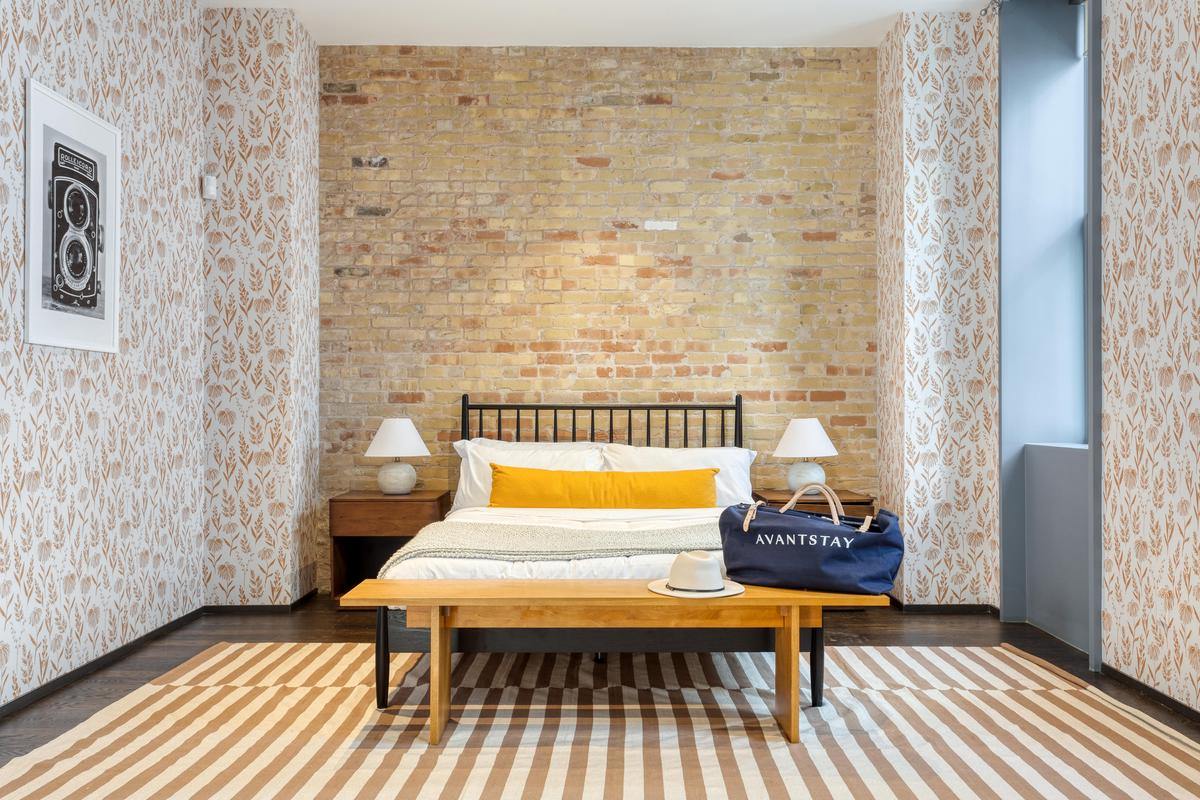If you’re looking to purchase your next piece of real estate, you’ve probably come across the terms “second home” and “investment property.” While these terms are sometimes used interchangeably, the property types may or may not be the same. Do you plan on using your home as a vacation home? A short-term rental? Or maybe both? It’s important to understand the differences between a second home and investment property so you know what to expect when it comes to things like mortgages, taxes, and the property manager that’s right for you.
Before we break down the differences, it’s worth mentioning that mortgage requirements for second homes and investment properties vary between lenders. Lenders often use criteria based on definitions from Fannie Mae and the IRS, but they may not be the same. For that reason, you should always check with the IRS for rental income tax information, and research mortgage qualifications for second homes and investment properties in your local market.
What is a second home?
A second home is a property that you occupy for part of the year while maintaining a primary residence (where you live for most of the year). Second homes are often used as vacation homes, but can also be properties (like condos) in an area that you regularly visit.
According to the IRS, second homes can be rented out to generate income as long as you live there for more than 14 days a year or for more than 10% of the total days you rent it to others. This allows you to qualify your property as a second home rather than an investment property.
What is an investment property?
According to Rocket Mortgage, an investment property is real estate purchased to generate income, receive tax benefits, or profit from appreciation. Investment properties are not your primary residence and can be purchased individually or by a pair or group of investors. Investment properties can be rented out on a long-term or short-term basis. These properties are often purchased to renovate and resell for profit, known as “flipping.”
Now that we have a basic understanding of the two, let’s dive into the five key differences.
1. Owner occupancy
Second home: Must be lived in or used by the owner for at least 14 days of the year.
Investment property: Must be occupied by the owner for less than 14 days of the year.
2. Days rented
Second home: Can’t be rented out for more than 180 days of the year.
Investment property: Can be used as a rental property for any amount of time.
3. Distance from primary residence
Second home: Must be at least 50 miles from the owner’s primary residence.
Investment property: Can be within 50 miles of the owner’s primary residence.
4. Mortgages
Second home:
- Down payments start at 10%
- Requires a minimum of two months of cash reserves
- Can only get a mortgage on a single-unit property
- Lower interest rate than an investment property
Investment property:
- Down payments start at 15%
- Requires a minimum of six months of cash reserves
- Can get a mortgage for a property with up to four units
- Higher interest rate than a second home
5. Taxes
Second home: Able to reduce the amount of taxable rental income by deducting expenses for owning the home. To qualify, the property must be rented for more than 14 days or at least 10% of the total days rented per year.
Investment property: Option to claim expenditures for mortgage interest, insurance, property taxes, utilities, maintenance, and losses due to damage. You can also deduct a percentage of the property’s value each year due to depreciation.
Second home vs. investment property: key takeaways
Considering taking out a loan to purchase a second home or investment property? Before you meet with a mortgage lender, make sure you understand the key differences and have a plan for how you’ll be using the property. Keep in mind that you’ll see higher interest rates, down payments, and cash reserve requirements on a mortgage for investment properties compared to second homes, but the return on investment can make it all worthwhile.
Earn more from your investment property with AvantStay

If you have an investment property that you’d like to operate as a short-term rental, consider working with a vacation rental management company. When you partner with AvantStay, we’ll manage your investment to give you peace of mind and maximize your income. Our flexible management options let you choose what’s right for you and your home; earn guaranteed monthly rent or a monthly revenue share for maximized income.
We know that running a vacation rental is expensive and time-consuming, so we offer the first hands-off approach for homeowners. We use a proprietary tech suite to power bookings, operationalize in-field management, and activate an elevated guest experience.
If you’re interested in learning more about AvantStay’s flexible management options and how we can maximize your return on investment, our team is ready to help. Get started with our vacation rental management experts today!
